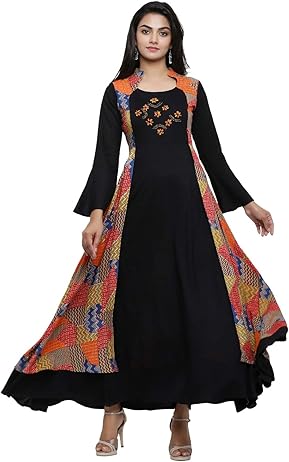
Sustainable Fashion: Building an Eco-Friendly Wardrobe
Introduction
Fashion is not only about style; it is also a reflection of our values and choices. In today’s world, the fashion industry is under scrutiny for its environmental impact, overproduction, and exploitation of resources. This has given rise to a movement called sustainable fashion. An eco-friendly wardrobe allows you to stay stylish while reducing your carbon footprint and supporting ethical practices.
This blog will guide you through the essentials of building a sustainable wardrobe, from choosing eco-friendly fabrics to adopting mindful shopping habits.
What is Sustainable Fashion?
Sustainable fashion refers to clothing that is designed, manufactured, distributed, and consumed in ways that are environmentally friendly and socially responsible. It includes:
The use of organic, natural, or recycled fabrics.
Ethical labour practices with fair wages.
Minimal waste through recycling and upcycling.
Long-lasting, high-quality designs over fast fashion.
By choosing sustainable fashion, you make a positive contribution to both society and the planet.
Why an Eco-Friendly Wardrobe Matters
1. Environmental Protection
Fast fashion generates substantial amounts of textile waste and pollutes rivers with synthetic dyes. Eco-friendly clothing reduces water usage, chemical exposure, and textile waste.
2. Durability and Quality
Sustainable clothes are built to last. Instead of wearing out after a few washes, they remain strong, stylish, and timeless.
3. Supporting Local Communities
Many sustainable brands work with local artisans and weavers. This not only supports communities but also keeps traditional craftsmanship alive.
4. Better for Your Health
Fabrics like organic cotton, bamboo, and hemp are chemical-free, skin-friendly, and breathable.
Steps to Build a Sustainable Wardrobe
1. Choose Quality Over Quantity
Invest in fewer but better-quality pieces that last longer. A well-made kurta, shirt, or pair of jeans can serve you for years.
2. Opt for Eco-Friendly Fabrics
Look for materials like:
Organic Cotton – Uses less water and no pesticides.
Linen & Hemp – Naturally strong and biodegradable.
Khadi – Handwoven, traditional, and sustainable.
3. Support Ethical & Transparent Brands
Buy from fashion labels that share their sourcing and production methods. Real Indian, for instance, focuses on customized, eco-conscious clothing that blends tradition with modernity.
4. Build a Capsule Wardrobe
A capsule wardrobe contains versatile clothing that can be mixed and matched. Example: a white cotton shirt can be paired with jeans for casual wear or with a handwoven stole for a chic ethnic look.
5. Reuse and Upcycle
Before throwing away old clothes, think creatively. An old saree can be turned into a kurta, leftover fabric into scarves or bags, and denim into stylish jackets.
6. Try Thrifting and Swapping
Thrift stores and clothing swaps reduce demand for mass-produced fashion while giving garments a second life.
7. Maintain Your Clothes Properly
Wash clothes in cold water, avoid over-washing, and store them carefully. The better you care for them, the longer they last.
Fashion with Sustainability in Mind
Eco-friendly fashion doesn’t mean compromising on style. It makes your outfits more unique:
Pair handwoven khadi kurtas with jeans for a fusion look.
Wear organic cotton dresses with statement jewellery for elegance.
Use earthy tones and natural dyes for timeless fashion.
The Role of Consumers
Your shopping choices shape the future of fashion. Each time you buy eco-friendly clothing, you send a powerful message to brands: sustainability matters. By choosing ethical fashion, you directly contribute to environmental preservation.
The Role of Brands like Real Indian
Real Indian is committed to promoting sustainability by offering customised designs, eco-friendly fabrics, and traditional-meets-modern styles. Supporting such brands means looking stylish while contributing to a cleaner, greener future.
Conclusion
Building a sustainable wardrobe is a gradual process, not an overnight change. Start by choosing natural fabrics, investing in timeless pieces, and supporting ethical brands. With small steps, you can transform your wardrobe into one that reflects both style and sustainability.
Fashion should never harm the planet. By embracing eco-friendly fashion, we ensure that our clothing tells a story of responsibility, culture, and care for future generations. 🌍✨
